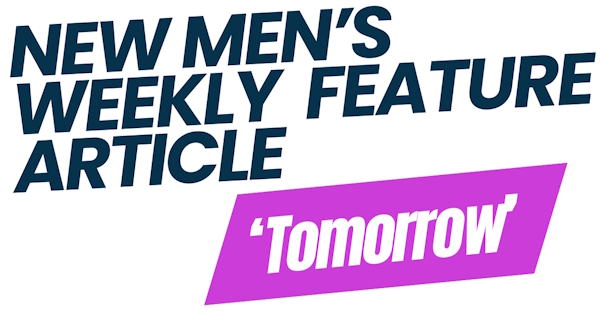Why password protected file sharing is important

Password protected file sharing is an excellent way to secure your data and prevent hackers from stealing your files. Secure file sharing solutions allow users to log in only from pre approved locations, which increases the security of the data. Your most vulnerable line of defence is your password, so it's critical to enforce strong password policies.
Multi-factor authentication
Multi-factor authentication (MFA) is a user authentication method that requires two or more authentication factors. It is preferable to single-factor authentication, which is often not universally allowed. Multi-factor authentication is an additional layer of security and reduces the risk of cyberattacks.
It works by preventing unauthorized access to account credentials. It uses public-key cryptography (PKI) to secure every login. This technology is easy to set up and protects user accounts. It requires no complex passwords, which means a compromised password is unlikely to be exploited by an attacker.
MFA also helps limit the number of duplicate passwords. The Ponemon study found that 51% of respondents did not assess third-party security practices, and 65% failed to identify third-party access. Multi-factor authentication also ensures that only the individuals listed can access the account. In addition to limiting duplicate passwords, multi-factor authentication ensures that the user is the only person with access.
Multi-factor authentication is an important security feature for password-protected file-sharing services. It is a way to protect sensitive information from being stolen. A multi-factor authentication system pairs a username and password with another factor, like a push notification. In addition, to push notifications, MFA can also use one-time password tokens (OTPs) and biometric authentication. Multi-factor authentication also provides other benefits, including being scalable and more affordable for small businesses.
Data encryption
Password protected file sharing protects sensitive data by rendering it unreadable to anyone except the file owner. It prevents unauthorized users from reading or stealing data. This technology was initially developed to share government and military information over the Internet securely. Today, it is used in file sharing and online credit card processing.
Secure file sharing is essential for small businesses. Since most business communication is conducted through email, it is essential to avoid using insecure email systems. Email systems have many limitations and may not be secure enough for sensitive business data. Also, email services are typically meant for personal accounts and are not ideal for protecting business data.
Anyone can access files that are not secured, and if someone hacks into a website, private information can be stolen. It is why it is so important to use secure file-sharing services. These services offer high-end password protection and extra security for mobile devices. They also keep records of the information shared.
Susceptibility to cyberattacks
There are several reasons why password protected file sharing may be vulnerable to cyberattacks. First, there are many ways in which hackers can access your data and information. For example, they can try to guess your password by trying it on other sites or by using information from your social media accounts. Other attacks involve using automated tools to crack passwords. Still, you can take steps to avoid being a victim of a breach.
Protecting your data is a crucial part of any cybersecurity program. Regularly updating your software can increase your cybersecurity defences. Unpatched devices and systems are vulnerable to attacks. The Atlanta cyberattack, for example, was caused by hackers who targeted an unpatched system.
Another reason to protect your files from cyberattacks is that humans cannot detect these attacks. AI-based attacks can change your data by adding marks or altering it somehow. They can even superimpose objects onto digital images. It allows hackers to spread illegal content easily.
One particular type of attack is called a cross-site scripting attack. The attacker inserts a malicious script into the content of your website. This attack is made possible by a website that has been compromised. The malicious script is then executed on the victim's computer.
Filestring
When working with multiple clients, it is essential to protect sensitive information from being stolen through the help of Adobe. Unfortunately, sending password-protected files isn't completely secure. If someone knows your password, they can easily share it, resulting in your files being copied or sold to a third party. Using services like Filestring can solve this problem. The software lets you track which clients can access your files and send notifications via email. It also tracks how long the files have been viewed and if they have printed or downloaded the file.
A password policy can prevent mistakes when sharing files and ensure that users are only allowed to access sensitive information. A password policy can also enforce password changes, strength, expiration, and new user establishment protocols to prevent data breaches. It can also help reduce the possibility of hacker attacks. Passwords should be complex enough to prevent unauthorized access and keep your information safe from leaking or being stolen.
Consumer-grade file-sharing services have far-reaching consequences in the workplace. These include loss of IP and sensitive data, unauthorized data leakage, regulatory breaches, and privacy issues. Even worse, they can lead to leaks of private information and spread private information.

















